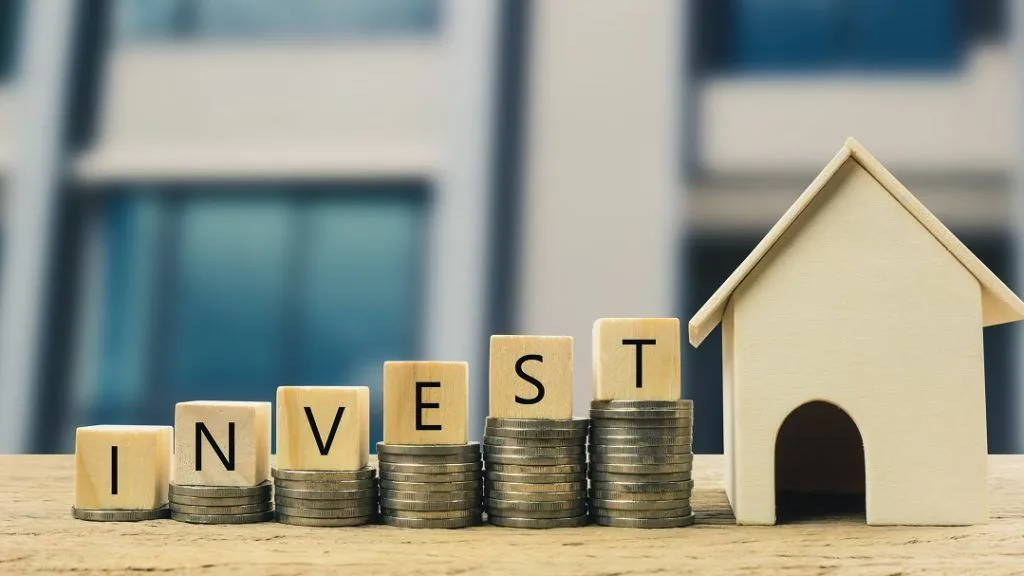
- Risk managment
How to protect foreign investments from risk
Do you want to know how to make money from this?
Register for free and get expert advice, access to a training course and webinars.
Investing in foreign securities, although attractive for a long-term portfolio, poses new threats to investors. As you expand your investment landscape into global stocks and bonds, you cannot ignore the risk associated with currency fluctuations.
Changes in the value of currencies, whether domestic or foreign, can either increase or decrease the returns on foreign investments. Currency plays a key role in investing. Next, we’ll look at potential strategies to help minimize its impact.
Risks of international investment
Political risks. Political instability in other countries is always a risk as governments and political systems are subject to constant change. This directly affects the economy and business. Political instability refers to unsystematic risks associated with specific countries. This risk can be resolved by spreading investments across a wide range of countries. An effective way to do this is through foreign mutual funds or exchange-traded funds (ETFs).
Taxation. Foreign taxation adds complexity to investing. Taxes on foreign investments are generally withheld in the country where the securities are registered until profits are realized. When funds are repatriated, profits are taxed again.
Currency fluctuations. Currency risk is an inevitable factor when investing abroad. Exchange rate fluctuations directly affect the value of foreign investments, adding risks. Sometimes these risks work to your advantage, sometimes they don’t. For example, your foreign portfolio brought 12% per annum, but the national currency depreciated by 10%. When converting to US dollars, your profit will increase, because… a cheap dollar makes foreign investment more attractive. But the opposite pattern also works: the fall of foreign stocks, combined with the strengthening of the national currency, further reduces the profitability of foreign investments.
Minimizing currency risk
Investments abroad can be risky due to currency fluctuations. Hedging—insurance against one risk at the expense of another—using currency futures is one way to reduce these risks.
An investor who expects to receive currency in the future can fix the current exchange rate. To do this, he opens an opposite currency futures position. In foreign exchange markets, speculators buy and sell currency futures to benefit from changes in rates. An investor can open a long or short position in the selected currency.
Investing in the foreign exchange market
The value of a currency depends on the supply and demand for it on the world market. The demand for foreign stocks simultaneously increases the demand for that country’s currency, increasing its value. There are many ways to invest in the Forex market, but some of them are very risky.
Investors can trade currencies directly by opening an account or through brokers. Margin trading on Forex is only suitable for experienced investors who are prepared to take high risks. The safest way to invest in currencies is through funds and ETFs. There are funds that bet against the dollar, for it, and also invest in a basket of world currencies.
Do you want to know
How to make money from the news
Register for free and get:
- Expert consultation;
- Access to the training course;
- Opportunity to participate in webinars

